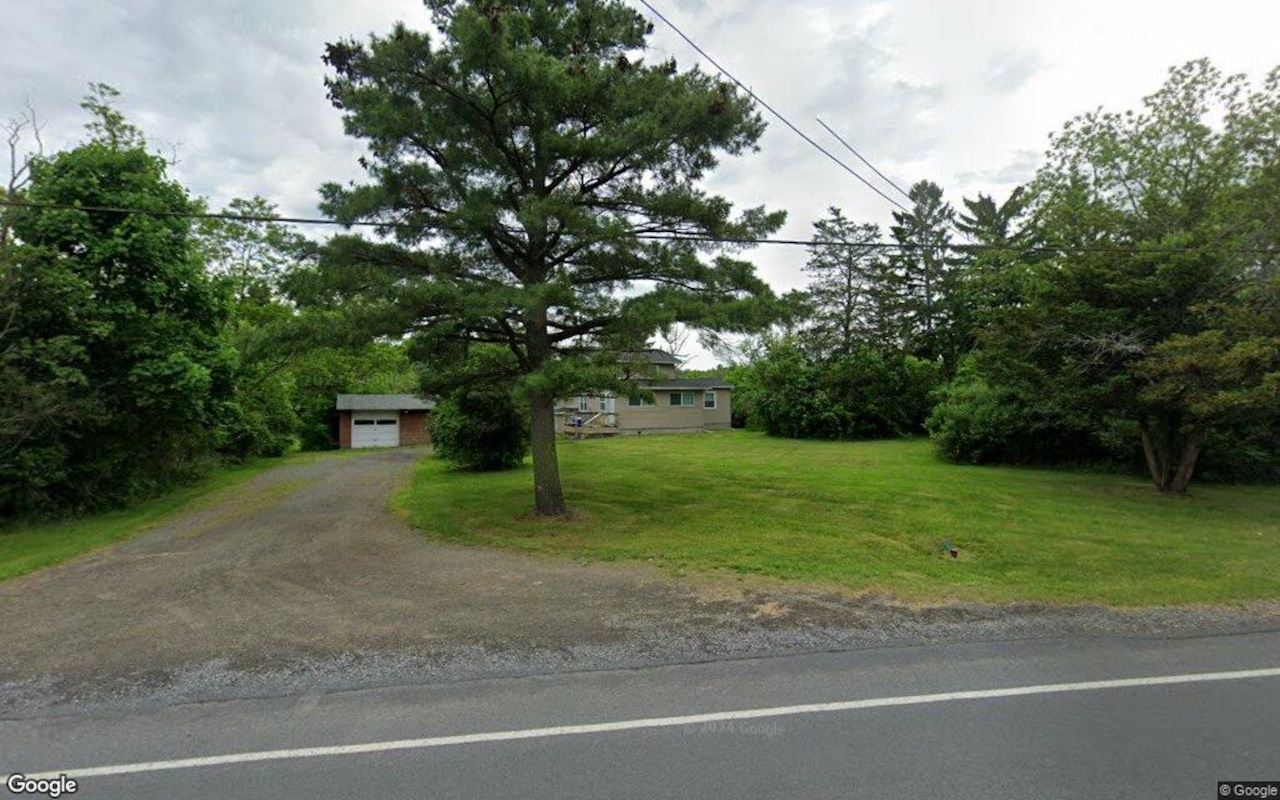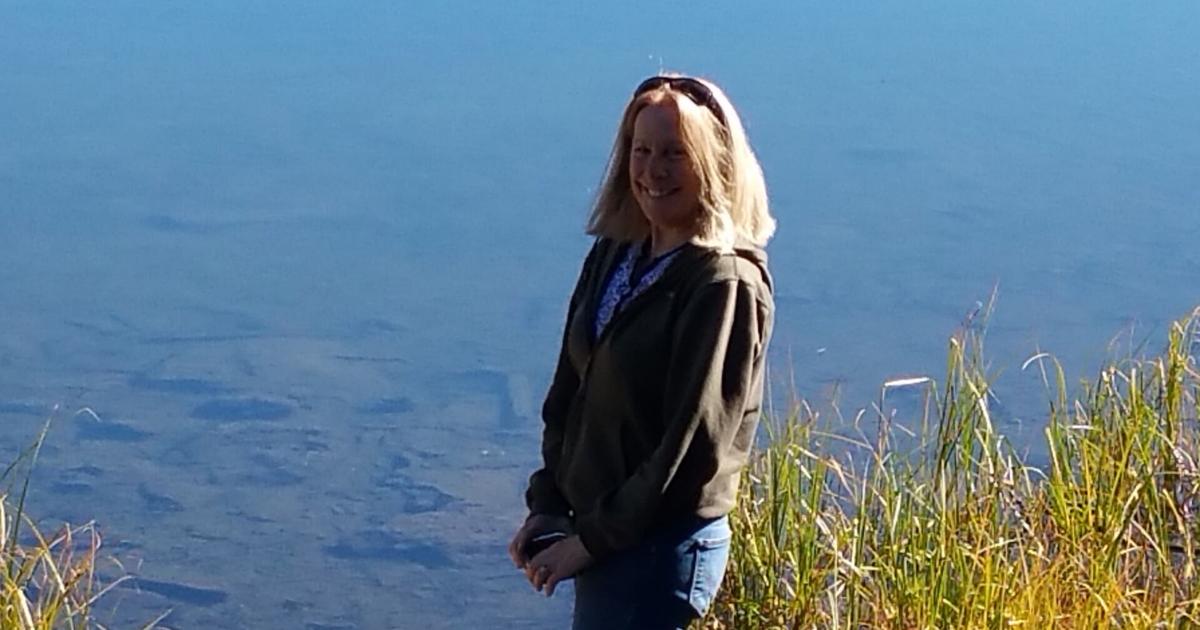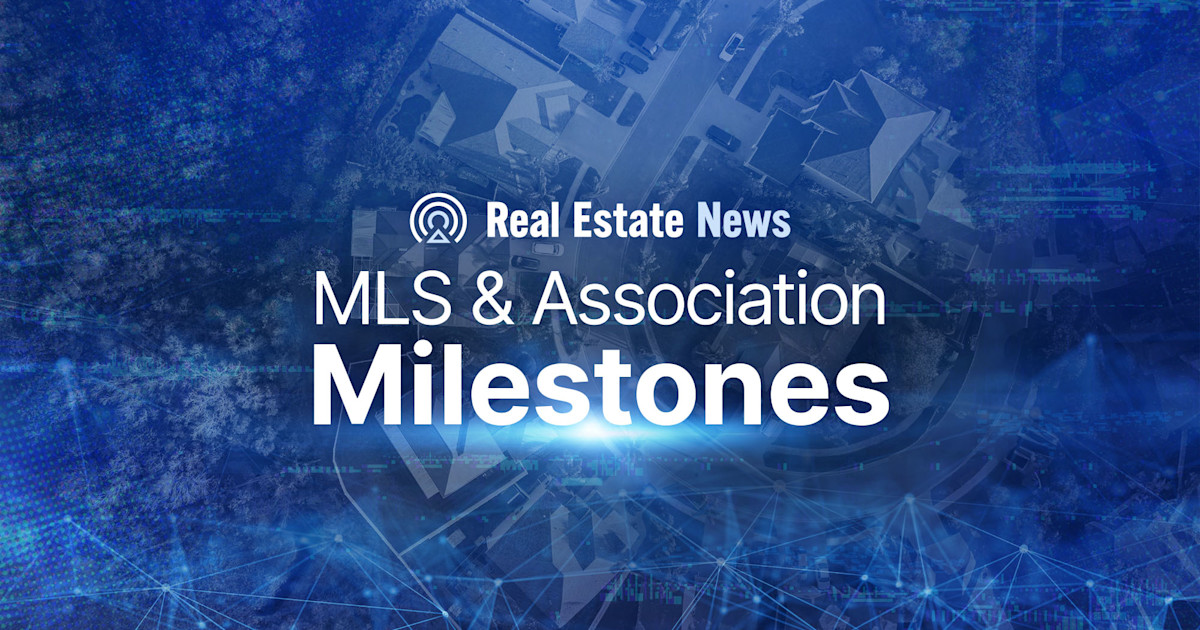W
hen the market slows, many agents feel pressure, but Mark Choey, a top producer with Christie’s International Real Estate Northern California and founder of Highnote, sees it as a chance to reset. At the 2025 NAR NXT event in Houston, he outlined a practical plan for agents who want to secure more listings by concentrating on a handful of deliberate actions rather than spreading themselves thin.
Choey treats listing success like a classic sales funnel with three equal legs: awareness, nurturing, and conversion. He warns that most agents spend too much time in the middle—keeping in touch with past clients, sending newsletters, hosting open houses—while neglecting the top and bottom. He recommends a full audit: refresh your website, update your buyer and seller presentations, and review what’s working on social media, YouTube, and local ads. In a fast‑moving industry, he encourages experimenting with AI tools, but cautions against getting lost in the weeds; instead, focus on the areas where you already excel. “You can’t be great at everything,” he says, “but you can be world‑class at something.” He urges agents to define a niche—whether tech‑savvy sellers, new developments, downsizers, investors, or first‑time buyers—because a clear specialty makes you stand out.
Visibility, Choey argues, compounds opportunity, even in odd or low‑cost ways. Early in his career he would walk his A‑frame signs through the hallways of a 650‑unit condo building, riding elevators with them to catch neighbors’ eyes. The tactic landed him a $3 million listing and referrals. He doesn’t prescribe that every agent use elevators, but he stresses taking advantage of every inexpensive, high‑visibility opportunity. Most agents place one or two open‑house signs; Choey puts ten or more, and he knows agents who use twenty or thirty. In a slow market, “free marketing” is too valuable to waste. He also recommends sending not just postcards but letters, and correcting returned addresses—small steps that can make the difference in reaching a homeowner.
Instead of treating open houses as routine, Choey suggests thinking like a marketer. In a market where homes linger, you have time to host memorable events—twilight viewings, wine‑and‑cheese gatherings, neighbor previews—that give sellers a reason to associate you with quality and community. These face‑to‑face interactions remain one of the most powerful trust‑building tools. The underlying theme is intentionality: every listing should be treated as a marketing vehicle and maximized accordingly.
The most tactical part of Choey’s advice comes at the bottom of the funnel—conversion. When leads are scarce, your close rate matters more than ever. He proposes a three‑phase listing appointment: first, send a polished, personalized digital presentation before the meeting to build credibility; second, hold the in‑person appointment; third, follow up with another strong presentation to seal the deal. He compares winning a listing to football, where “a game of inches” can decide the outcome. In a slow market, the focus should be on reinvention: rethink systems, boost visibility, and elevate your presentation game so you’re ready when momentum returns.















